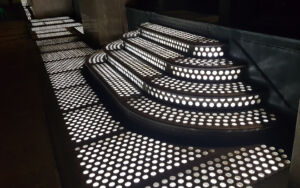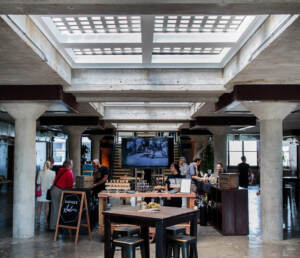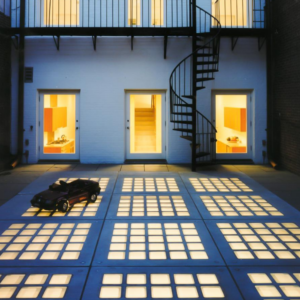What Are Vault Lights?
Vault lights trace their origins back to the 1860s through the 1930s when they were used to brighten dark spaces beneath city sidewalks. Combining artistic flair with practical function, vault lights are made from:
- Glass Prisms for dispersing light.
- Cast Iron Frameworks for durability.
- Flat or Rounded Surfaces to suit diverse designs.
Eager to learn more? Click below to explore our innovative solutions.


The Benefits of Vault Lights
- Architectural Appeal: Bring a touch of elegance and historical nostalgia to your projects.
- Energy Efficiency and Sustainability: Harness natural light to reduce energy consumption and embody sustainability.
- Versatility in Design: From classic to contemporary, vault lights are adaptable to any architectural vision.
- Durable and Low-Maintenance: Designed to withstand the elements and require minimal upkeep, ensuring long-term performance.
The Benefits of Vault Lights
Classic Cast Iron Vault Lights
These lights feature prismatic bullet glass intricately set in robust cast iron panels, combining durability with timeless elegance. Available in a variety of customizable finishes, they can be tailored to suit any architectural style. Optional backlighting adds an extra dimension of visual interest, making them perfect for enhancing nighttime aesthetics.
Precast Concrete Vault Lights
Our precast concrete vault lights are composed of durable glass blocks securely set in precast concrete, offering long-lasting performance and style. The glass can be customized in various shapes, colors, and surface finishes, allowing for personalized designs that complement any project.
Steel Framework Vault Lights
These vault lights consist of modular steel and glass panels that provide exceptional durability without compromising on aesthetic appeal. The steel framework is available in customizable finishes, ensuring that these lights can seamlessly integrate into modern or industrial design themes.



